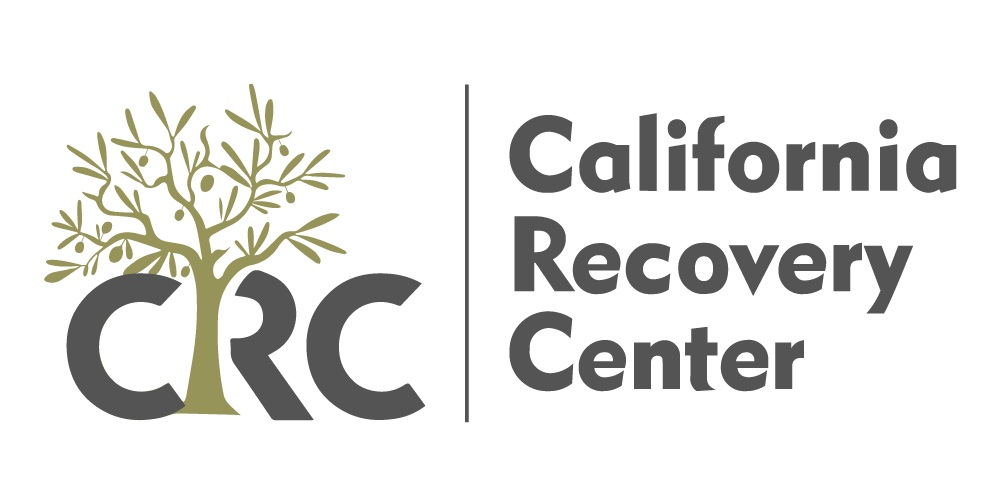Comprehensive Guide to Prescription Drug Abuse
Overview of Prescription Drug Abuse
Risks, Prevention, and Treatment
Prescription Drug Abuse

Prescription drug abuse is a growing public health crisis that affects millions of individuals across the United States and beyond. It occurs when individuals misuse medication in ways not intended by the prescribing doctor, such as taking higher doses, using it for non-medical reasons, or combining it with other substances to enhance its effects. While these drugs are initially prescribed to manage pain, anxiety, attention disorders, or sleep issues, their misuse can lead to dependence, addiction, overdose, and even death.
The abuse of prescription drugs is particularly concerning because many individuals believe these medications are safer than illicit drugs, simply because they are prescribed by a doctor. However, prescription drug misuse can be just as dangerous, leading to severe physical and psychological consequences. The most commonly misused prescription medications fall into three main categories: opioids (pain relievers), central nervous system (CNS) depressants (used for anxiety and sleep disorders), and stimulants (used for ADHD and narcolepsy).
Types of Commonly Abused Prescription Drugs
Understanding the different types of prescription drugs that are commonly misused is crucial in recognizing the potential dangers and effects of their abuse. Each category of medication affects the body in different ways, leading to unique risks and complications.
- Opioids (Pain Relievers)
Opioids are prescribed to treat moderate to severe pain, often after surgery, injury, or for chronic pain conditions. These medications work by binding to opioid receptors in the brain and spinal cord, reducing pain perception. However, they also produce feelings of euphoria, making them highly addictive.
-
- Commonly Abused Opioids: Oxycodone (OxyContin, Percocet), Hydrocodone (Vicodin, Norco), Morphine, Fentanyl, Codeine, Tramadol
- Health Risks: Respiratory depression, tolerance buildup, physical dependence, addiction, overdose, death
- Long-Term Effects: Chronic constipation, hormonal imbalances, immune system suppression, increased pain sensitivity
- Central Nervous System (CNS) Depressants (Anti-Anxiety and Sleep Medications)
CNS depressants slow down brain activity and are commonly prescribed to treat anxiety, panic disorders, insomnia, and seizure disorders. These medications work by increasing the activity of gamma-aminobutyric acid (GABA), a neurotransmitter that produces a calming effect.
-
- Commonly Abused CNS Depressants: Benzodiazepines (Xanax, Valium, Ativan, Klonopin), Barbiturates, Z-drugs (Ambien, Lunesta)
- Health Risks: Drowsiness, confusion, slowed breathing, memory impairment, overdose (especially when mixed with alcohol or opioids)
- Long-Term Effects: Cognitive decline, mood disturbances, physical dependence, withdrawal seizures
- Stimulants (ADHD and Narcolepsy Medications)
Stimulants are prescribed to treat attention deficit hyperactivity disorder (ADHD) and narcolepsy. They increase dopamine and norepinephrine levels in the brain, improving focus, energy, and alertness. However, when misused, they can lead to dangerous increases in heart rate and blood pressure.
-
- Commonly Abused Stimulants: Adderall, Ritalin, Concerta, Vyvanse, Dexedrine
- Health Risks: Increased heart rate, high blood pressure, insomnia, paranoia, risk of stroke or heart attack
- Long-Term Effects: Anxiety, aggression, malnutrition, psychosis, cardiovascular damage
Causes and Risk Factors for Prescription Drug Abuse
Several factors contribute to the causes of prescription drug abuse, including overprescription, easy access, and social influences.
- Overprescription by Healthcare Providers: Many doctors prescribe painkillers and other medications in large quantities, increasing the risk of misuse.
- Social and Peer Pressure: Many young adults misuse prescription drugs due to peer influence, believing they enhance academic or athletic performance.
- Psychological Conditions: People suffering from anxiety, depression, or other mental health issues may misuse prescription drugs to self-medicate.
- Genetic Predisposition: A family history of substance abuse increases the likelihood of developing an addiction.
- Lack of Awareness: Many individuals do not fully understand the addictive nature and dangers of prescription drugs.

Signs and Symptoms of Prescription Drug Abuse
Identifying the warning signs of prescription drug misuse is crucial for early intervention and treatment.
- Physical Signs: Drowsiness, slurred speech, dilated pupils, irregular heartbeat, nausea, and impaired coordination.
- Behavioral Signs: Doctor shopping, stealing medications, mood swings, social withdrawal, neglecting responsibilities.
- Psychological Signs: Anxiety, paranoia, hallucinations, memory impairment, and increased aggression.
Dangers and Complications of Prescription Drug Abuse
Long-term prescription drug misuse can have devastating effects on both physical and mental health, often leading to serious complications.
- Overdose and Death: Taking high doses or mixing medications with alcohol or other substances can lead to fatal overdoses.
- Organ Damage: Prolonged use of opioids and stimulants can cause liver, kidney, and heart damage.
- Cognitive Impairment: CNS depressants can affect memory and cognitive function over time.
- Legal Consequences: Illicit possession and distribution of prescription medications can result in criminal charges.
Treatment Options for Prescription Drug Addiction
Effective treatment for prescription drug addiction includes medical detox, behavioral therapy, and long-term support.
- Medical Detoxification: A supervised detox process helps individuals safely withdraw from substances while managing withdrawal symptoms.
- Behavioral Therapy: Cognitive-behavioral therapy (CBT), motivational interviewing (MI), and group therapy are effective in addressing the psychological aspects of addiction.
- Medication-Assisted Treatment (MAT): Certain medications, such as buprenorphine, methadone, and naltrexone, can help manage opioid dependence.
- Inpatient and Outpatient Rehabilitation: Intensive treatment programs provide structured environments for recovery, whether in residential facilities or outpatient settings.
- Support Groups: Programs like Narcotics Anonymous (NA) and SMART Recovery offer peer support and accountability.
Prescription drug abuse is a significant public health concern that requires urgent attention and proactive intervention. By increasing awareness, implementing preventative strategies, and providing comprehensive treatment options, we can reduce the devastating effects of prescription drug addiction. If you or a loved one is struggling with prescription drug misuse, seeking professional help is the first step toward recovery. California Recovery Center (CRC) offers specialized treatment programs tailored to address substance use disorders and support long-term sobriety.

We are here for you
Ready to talk? Call us.
866-864-1986
If you or a loved one struggles with addiction, it is vital to seek treatment. California Recovery Center is available to help you day and night.
